4G/LTE security cameras and systems offer an excellent solution for enhancing security in remote areas devoid of Wi-Fi or electrical power sources. These 4G/LTE cameras find frequent application in cabins, construction sites, farms, and similar locations characterized by limited access to Wi-Fi or electrical infrastructure.
Given that these cameras rely on cellular connections, you’ll need to establish SIM card setups for each 4G/LTE camera or system. The specific cellular plans required will depend on your country or regional requirements.
Best 4G Solar Security Cameras Reviews
Additionally, it’s important to note that our focus here is on general-purpose 4G/LTE cameras. For specialized trail cameras, please refer to our dedicated guide.
Now, let’s get started.
1. REOLINK 4G LTE Cellular Security Camera Outdoor
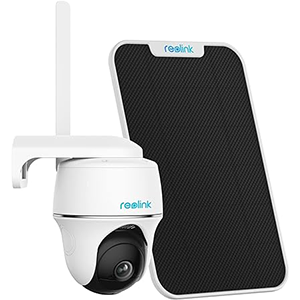
Our top choice is the Reolink 4MP Wireless 4G PT Camera, offering a comprehensive array of features. It boasts a 355° panning capability and a 140° tilting function.
The Reolink camera operates exclusively through a 4G/LTE connection for data transfer, necessitating the installation of a nano-SIM card with an appropriate data plan. Reolink recommends T-Mobile for consumers in the US and suggests Vodafone, T-Mobile, EE, and Orange for those in Europe as suitable network providers.
To conserve power and data usage, this Reolink camera does not support continuous recording. Instead, it captures short clips, each lasting a maximum of 30 seconds, triggered by its motion sensors.
On average, this camera consumes approximately 2GB of data for one hour of recording at 1080p resolution with a 3Mbps bitrate.
2. Arlo Go 2 LTE or Wi-Fi Spotlight Camera

Our second choice is the Arlo Go 2 LTE/Wi-Fi Security Camera, a sleek bullet-style 4G LTE camera that also has the capability to transmit data over a 2.4GHz Wi-Fi network.
Thanks to its wire-free design and versatile mounting options, this camera is effortless to install and set up in various locations. All that’s required is a 4G LTE cellular plan and sufficient battery charge. Additionally, the camera is equipped with GPS, allowing for easy tracking of its location through the Arlo App.
Speaking of battery life, this camera boasts an impressive battery that can keep the device operational for a minimum of two months. For extended power options, you also have the option to purchase a dedicated solar panel charger.
While a solar panel will certainly enhance the Arlo Go 2’s battery life, it’s important to note that it may not guarantee indefinite operation as it relies on the availability of sunlight for power generation.
3. REOLINK 4K PoE Security Camera System
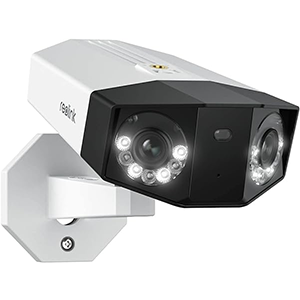
If you are looking for a high-quality and versatile security camera system for your home or business, then our third choice is the REOLINK 4K PoE Security Camera System. This system features a dual-lens camera that offers a stunning 180° panoramic view in 4K resolution, capturing every detail with minimal distortion. Whether you want to monitor your backyard, driveway, or entrance, this camera can provide a clear and comprehensive coverage of your property.
One of the main advantages of this system is its smart detection feature, which can distinguish between humans, vehicles, and pets, and reduce false alarms caused by irrelevant movements. You can also customize the detection zones and sensitivity levels to suit your needs. Whenever the camera detects a potential threat, it will send you instant alerts via push notifications or email, and allow you to access the live view and playback via the Reolink App on your smartphone, tablet, or computer. You can also use the two-way audio function to communicate with the visitors or warn off the intruders.
Another impressive feature of this system is its color night vision, which can produce vivid and realistic images even in low-light conditions, thanks to the motion-activated spotlights. The camera also has a built-in siren that can be triggered manually or automatically to scare away the unwanted guests. Moreover, the camera is IP66 waterproof, which means it can withstand rain, snow, and dust, and operate in temperatures ranging from -10°C to 55°C.
4. REOLINK Cellular Security Camera Wireless Outdoor
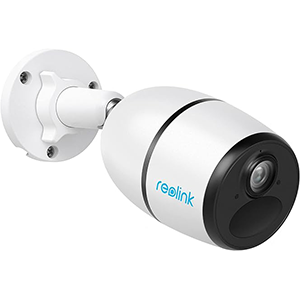
The Reolink Go Plus is a user-friendly wire-free security camera. This IP-based device exclusively utilizes 4G LTE for data transfer.
The camera system is equipped with a removable 7800mAh rechargeable battery, which typically lasts between 1 to 4 weeks on a single charge. To ensure continuous operation, we strongly recommend considering the addition of a Reolink Solar panel or using a wired Micro-USB connection powered through a wall outlet.
For optimal functionality, the Reolink camera is best used in conjunction with a cloud subscription. However, you also have the option of inserting a MicroSD card with a maximum onboard storage capacity of 128GB.
5. Vosker V150 Solar-Powered LTE Cellular Home Security Outdoor Camera
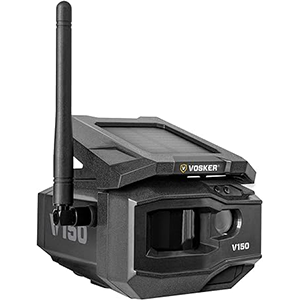
Concluding our list is the Vosker V150, a bullet-style 4G LTE security camera featuring an integrated solar panel.
With a hefty 10,000mAh rechargeable battery, this device boasts prolonged operational capability when exposed to sufficient sunlight during the day.
If needed, you have the option to remove the battery and recharge it using Micro-USB. However, it’s worth noting that charging via Micro-USB is a time-consuming process. To ensure uninterrupted operation, we recommend considering the purchase of an additional battery pack, allowing for seamless battery swaps when necessary.
Key Considerations for Choosing a Cellular Security Camera
- Cellular Plan: Many 4G LTE cameras on our list require a compatible nano-SIM card from an operator. Before investing in a 4G LTE security camera, it’s advisable to purchase a cellular plan with a sufficient data allowance, ideally a minimum of 30GB for motion-activated configurations.
- Rechargeable Battery: Most 4G LTE cameras come equipped with rechargeable batteries, offering portability but requiring manual charging. To extend usage, consider devices with solar panel compatibility, especially if expected battery life is limited to four weeks or less, even with motion-based recording.
- Audio-Based Features: While two-way communication and integrated sirens may not be essential for cameras in very remote locations, they can be valuable for home security. Opt for a camera that offers these features if you desire alarm capabilities and two-way communication.
- IP Rating: Ensure the camera has a reliable IP (Ingress Protection) rating to safeguard internal components from the elements. For outdoor use, we recommend a minimum IP66 rating.
- Cloud Subscription: Most consumer-friendly 4G LTE cameras work best with cloud storage systems, often accompanied by optional (and sometimes mandatory) subscription services. Cloud storage enhances accessibility but entails monthly fees.
- SD Cards: In addition to cloud storage, having a retrievable MicroSD card backup is wise. Many cameras include a MicroSD card in the package, but if purchasing separately, ensure it doesn’t exceed the camera’s maximum onboard storage capacity.
In Conclusion
Our list features a diverse range of 4G LTE security cameras, catering to various surveillance needs, from PT cameras to multi-sensor panoramic options. Regardless of your choice, setting up a 4G LTE camera, especially in remote areas, requires two essential elements: a cellular plan with internet data and a rechargeable battery, often complemented by a solar panel. When selecting a reliable device, prioritize these crucial factors.
If your favorite 4G LTE camera isn’t on our list, please share it with us in the comments. Your input is valuable to us!



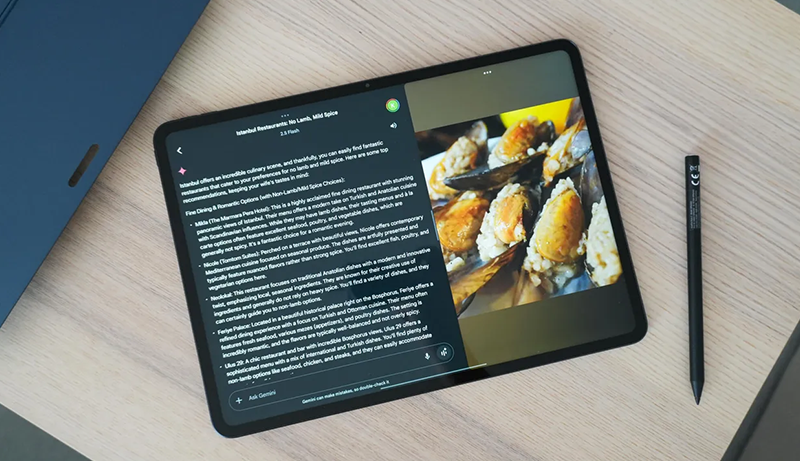

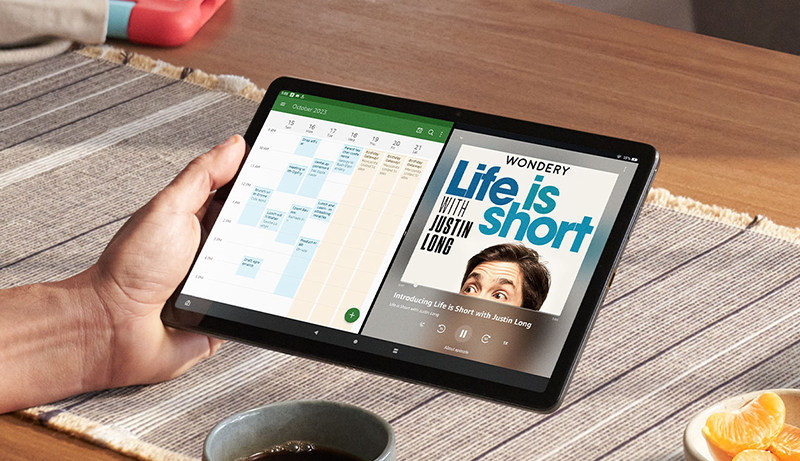
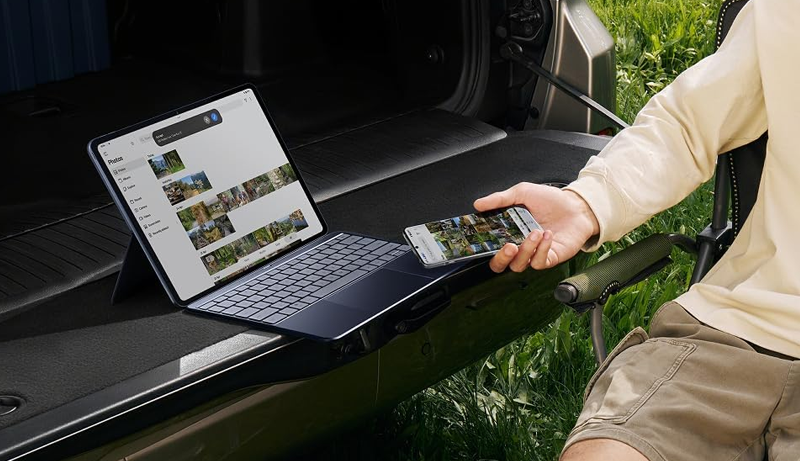
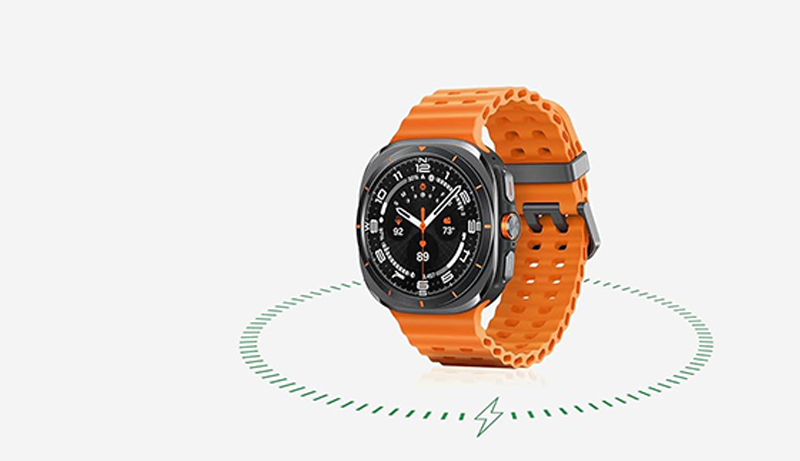
Leave a Reply